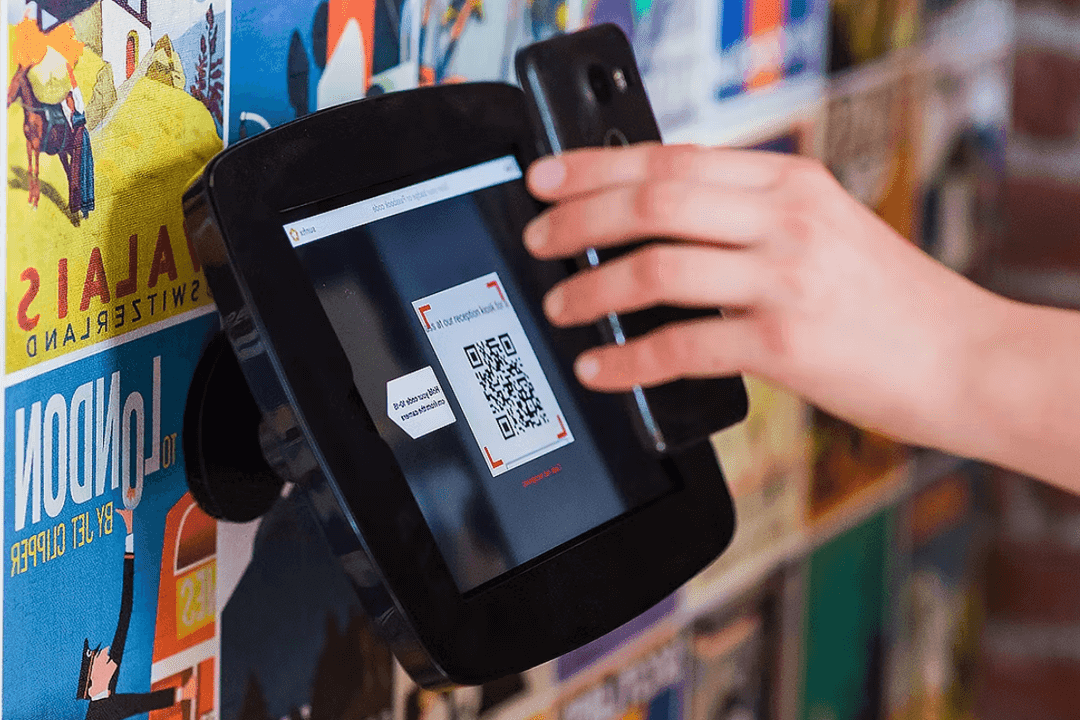Understanding QR codes
QR codes have become increasingly popular in the past years. They are used as a tool for encoding data and can be scanned using a smartphone or a scanner to reveal hidden information. QR codes were first developed in 1994 by Denso Wave, a Japanese automotive industry company. These codes have been around for more than 25 years and their usage continues to expand.
QR code structure and composition
QR codes consist of a square-shaped matrix of black and white blocks. The square is surrounded by a white border. The composition of a QR code includes three main components; the finder pattern, the timing pattern, and the alignment pattern. The finder pattern is a square pattern surrounding the code that distinguishes it from the background. The timing pattern consists of alternating rows and columns of black and white modules that serve as a reference for decoding the code. The alignment pattern is a series of smaller squares within the code that helps to maintain the integrity of the code when it is distorted.
Data capacity of QR codes
QR codes can hold a considerable amount of information. The amount of data that a QR code can encode depends on its version and error correction level. A version is a measure of the dimensions of the code, while error correction is a method for encoding the data to ensure that it is readable even if parts of the code are damaged or distorted. The more significant the version, the higher the data capacity. For example, QR code version 40 can hold up to 7,089 numeric characters, 4,296 alphanumeric characters, or 2,953 bytes of binary data.
Possible combinations and QR code generation
QR codes have a vast number of possible combinations. The total number of combinations varies depending on the version and error correction level of the code. The most common QR code version has 21,821 different combinations with the lowest error correction level. QR codes can be generated using a QR code generator tool that is available on the internet. These tools allow the user to customize the information that is embedded in the QR code, including text, URLs, images, and other types of data.
Limitations of QR code technology
Although QR codes have many advantages, there are some limitations to their technology. One limitation is that they require a smartphone or scanner to read them. If a person does not have access to a scanner or smartphone, they cannot decode the information embedded in the code. Another limitation is that if the code is damaged or distorted, it can be challenging to read the information. Additionally, QR codes can be susceptible to cyber-attacks, and the information within the code can be manipulated or altered.
Advancements and changes in QR codes
QR code technology has undergone significant advancements and changes over the years. QR codes are now being used for many purposes, including payments, product tracking, event management, and advertising. The use of QR codes has become more widespread and integrated into various forms of media. Most notably, the release of Apple’s iOS 11 included a native QR code reader functionality in the smartphone camera app. This change made it easier for iOS users to access the information encoded in QR codes.
Practical applications of QR codes
QR codes have a practical application in various areas of life. They are used in inventory management to track products, in advertising to provide a direct link to a website or product, and in ticket sales to allow for streamlined check-in processes. QR codes are also used in the healthcare industry to store personal medical information and for medication management. They have shaped how businesses conduct their daily operations and have become an essential tool for communication.
Future predictions for QR code usage
It is predicted that QR codes will continue to be instrumental in many sectors because of their versatility and low cost. The use of QR codes is expected to grow as technology continues to advance, and more people have access to smartphones and scanners. In the future, QR codes may be replaced by more advanced technology that has yet to be developed. Still, it is likely that they will continue to be used as a practical and cost-efficient tool for encoding data for years to come.





